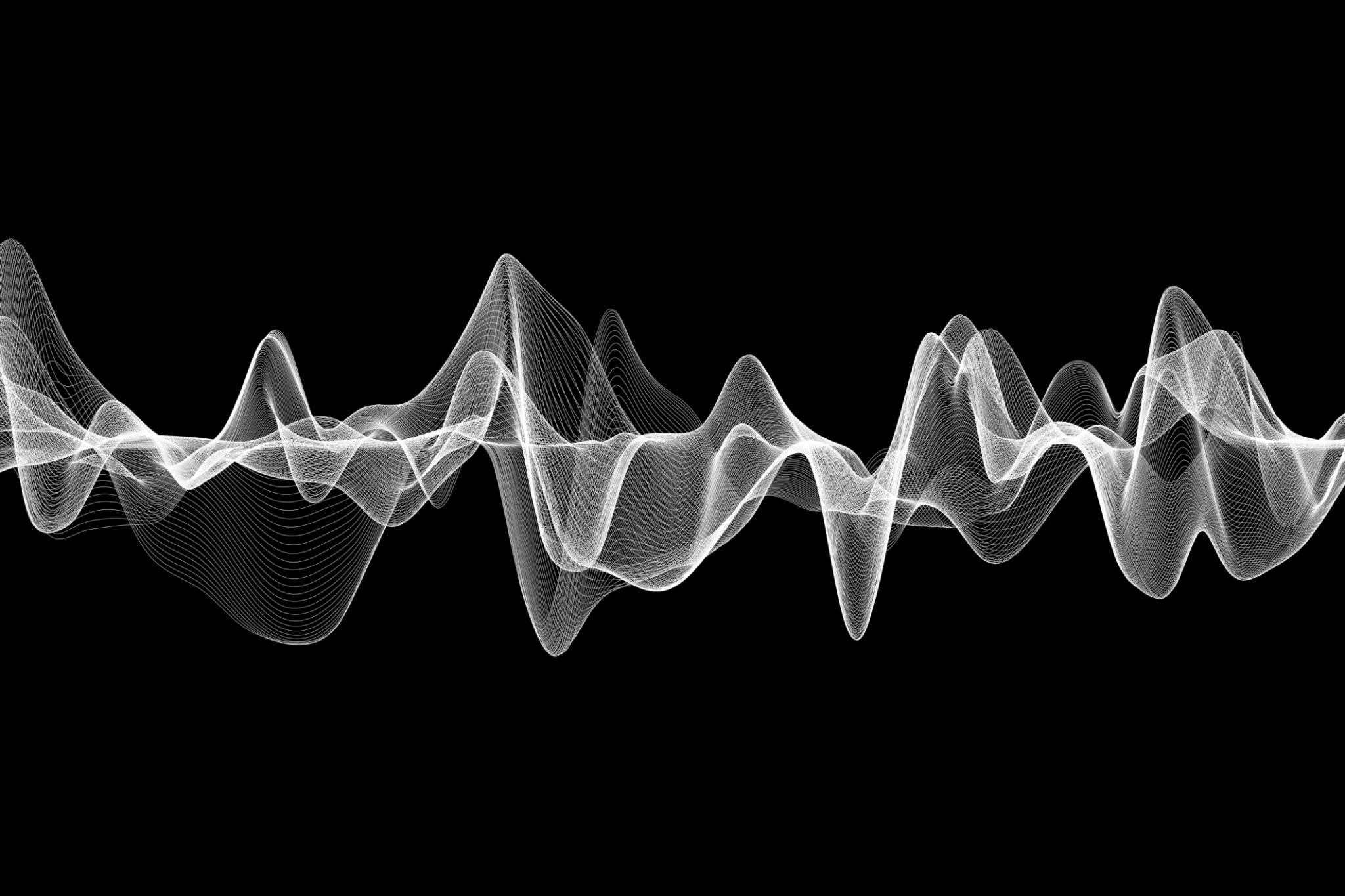Audio Mastering Techniques: Elevate Your Sound Quality
Understanding the Basics of Audio Mastering
Audio mastering is the final step in the music production process, where the goal is to enhance the overall sound quality of a track. It's about making sure your music sounds polished and professional across all listening platforms. Mastering involves adjusting levels, balancing frequencies, and applying effects like compression and limiting to achieve a cohesive sound.
For those new to mastering, it’s essential to understand that this process can significantly impact the final output of your audio. A well-mastered track will sound great whether it's played on high-end studio monitors or standard earbuds. The key is to ensure consistency and clarity in your sound.

Tools and Software for Mastering
In today's digital age, there are numerous tools and software available for mastering audio tracks. Popular digital audio workstations (DAWs) such as Ableton Live, Logic Pro X, and Pro Tools offer built-in mastering capabilities. Additionally, specialized plugins like iZotope Ozone and Waves offer advanced features tailored specifically for mastering.
When selecting your tools, consider what best suits your workflow and budget. Many software options offer trial versions, allowing you to test different features before committing to a purchase. Remember, the right tool can make a significant difference in the efficiency and quality of your mastering process.

Equalization: Balancing Frequencies
Equalization (EQ) is a critical part of mastering. It involves adjusting the balance between frequency components within an audio signal. Proper EQ can help eliminate unwanted frequencies and enhance others, resulting in a clearer and more balanced mix.
When applying EQ, it's important to listen carefully and make subtle adjustments. Large changes can lead to unnatural sounds. Focus on the midrange frequencies, as these often contain the core elements of your track's sound. Additionally, cutting rather than boosting frequencies can help maintain clarity.
Compression: Controlling Dynamics
Compression is used in mastering to control the dynamic range of an audio track. This process helps ensure that all parts of a track are audible and that louder elements do not overpower softer ones. The goal is to achieve a smooth and consistent sound.
Using compression effectively requires a delicate touch. Over-compression can lead to a lifeless track, while too little can result in an uneven sound. Experiment with different attack and release settings to find what best complements your music's natural dynamics.

Limiting: Maximizing Loudness
Limiting is the final stage in mastering and involves increasing the track's perceived loudness without causing distortion. This is achieved by setting a ceiling level that the audio signal cannot exceed, thus preventing clipping and distortion.
When applying a limiter, it's crucial to keep an eye on the output levels to avoid over-limiting, which can squash the dynamics of your track. Aim for a balanced loudness level that retains the musicality and emotional impact of your piece.
The Importance of Reference Tracks
Using reference tracks is an invaluable technique during the mastering process. By comparing your track with professionally mastered songs in a similar genre, you can gauge how your mix stands up in terms of loudness, clarity, and overall tonal balance.
Choose reference tracks that you admire and aim to match their sonic qualities. This practice will not only help you identify areas for improvement but also refine your ears for subtle differences in sound quality.

The Role of Room Acoustics
The acoustics of your room can significantly influence how you perceive sound during mastering. A poorly treated room can lead to inaccurate adjustments, resulting in a mix that doesn't translate well across different playback systems.
Investing in acoustic treatment for your studio space can greatly enhance your ability to make accurate decisions during the mastering process. Consider options like bass traps, diffusers, and absorptive panels to optimize your room's acoustics.
Final Listening Tests
Once you've completed mastering your track, it's essential to perform final listening tests on various playback systems. Check how it sounds on headphones, car stereos, smartphone speakers, and high-fidelity systems.
This step ensures that your mastered track maintains its quality across all devices and environments. Make any necessary adjustments based on your findings to ensure that your music reaches its audience with the impact you intended.

